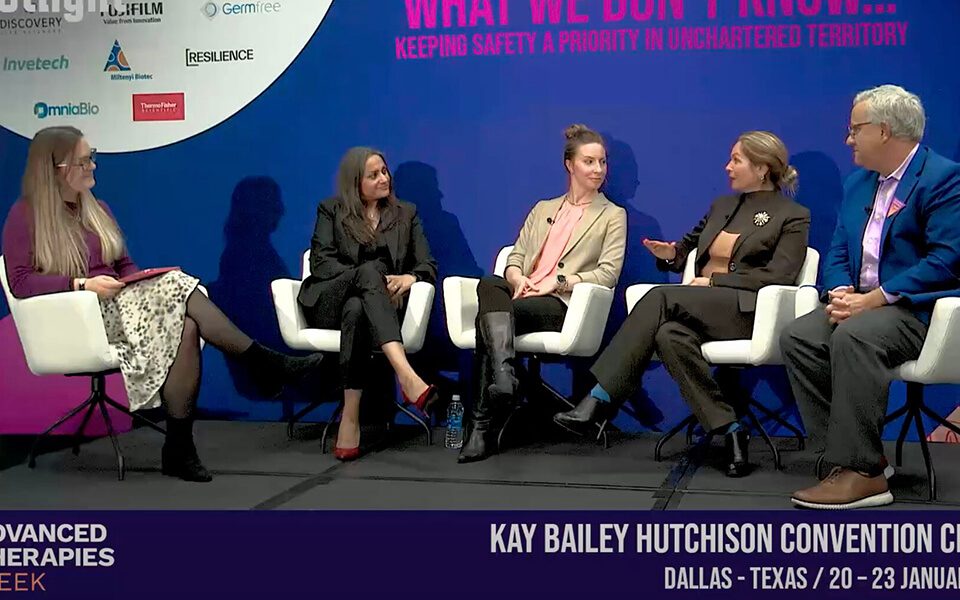Cell and gene therapy (CGT) holds immense promise for treating previously incurable diseases. However, the inherent complexity of these therapies presents unique challenges for software validation. This article provides a practical guide to navigating these complexities and ensuring efficient and effective validation processes.
The Importance of Collaboration
Software validation in the CGT context requires a collaborative approach between software vendors and healthcare organizations. Open communication and mutual understanding are essential throughout the entire process, from system selection to post-implementation.
Key recommendations:
- Early engagement: Initiate discussions about compliance requirements, including audit trails, electronic signatures, and security features, during the vendor selection process.
- Mutual understanding: Familiarize yourself with the vendor’s software development and validation methodologies. Conversely, vendors should strive to understand the specific needs and workflows of the healthcare organization.
- Thorough documentation: Maintain clear and comprehensive documentation outlining system requirements, validation plans, test results, and any deviations or issues encountered.
Risk-Based Validation: Prioritizing Efforts
A risk-based approach to validation is crucial for optimizing resources and ensuring patient safety. This involves identifying critical system functionalities and assessing their potential impact on product quality and patient safety.
Best practices:
- Conduct comprehensive risk assessments: Regularly evaluate and update risk assessments, considering factors like system complexity, intended use, and potential failure modes.
- Focus on critical areas: Prioritize testing efforts based on the risk assessment. High-risk functionalities require more rigorous testing compared to low-risk areas.
- Leverage existing resources: Utilize vendor-provided documentation and testing artifacts to streamline your validation efforts.
Overcoming Communication Barriers
Effective communication is crucial for successful validation. However, differences in terminology and understanding between quality management and software development teams can create challenges.
Strategies for clear communication:
- Develop a communication plan: Establish clear communication channels, designate points of contact, and implement a system for tracking and resolving issues.
- Promote mutual education: Software vendors should provide clear explanations of their processes and terminology. Healthcare organizations should proactively seek clarification and information.
- Speak a common language: Use clear and concise language, avoiding jargon or technical terms that may not be understood by all parties.
Practical Tips for Streamlining Validation
Here are some practical tips for efficient and effective software validation in the CGT setting:
- Develop robust SOPs: Create or update standard operating procedures (SOPs) specifically for software validation, outlining roles, responsibilities, and testing methodologies.
- Distinguish between validation and user readiness: Clearly differentiate between activities aimed at validating the software and those focused on user training and readiness.
- Utilize a shared tracking system: Implement a shared system for tracking issues, progress, and responsibilities, ensuring transparency and accountability.
- Plan for ongoing maintenance: Establish a robust change control process to manage software upgrades, patches, and other modifications effectively.
Conclusion
Software validation in the CGT field demands a collaborative, risk-based approach with a strong emphasis on clear communication. By understanding the unique challenges and implementing these best practices, healthcare organizations can ensure efficient, effective, and compliant validation processes, ultimately contributing to the safe and successful delivery of these transformative therapies.







